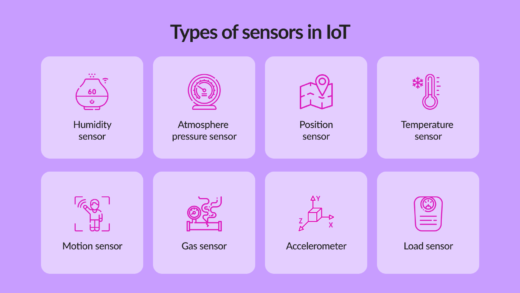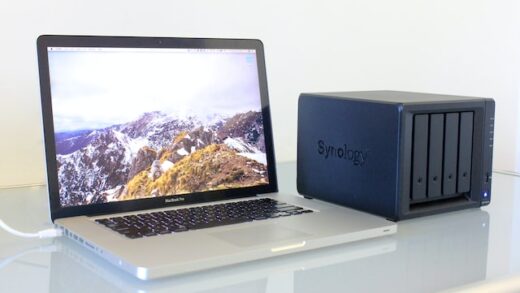In the vast and ever-evolving realm of mobile application development, the emergence of Dart and Flutter as potent instruments has incited a paradigmatic shift. Flutter, an open-source UI software development kit crafted by the ingenious minds at Google, in conjunction with the Dart programming language, promulgates an epochal solution for the creation of cross-platform applications. This discourse endeavors to elucidate the multifaceted capabilities and the intrinsic merits of these technologies.
Dart: The Quintessential Language
Dart, a versatile and robust language, underpins the architectural framework of Flutter. It is meticulously designed to facilitate high-performance applications with its statically-typed syntax and just-in-time (JIT) and ahead-of-time (AOT) compilation. This dual compilation strategy affords developers the dexterity of swift development cycles and optimized runtime performance. The language’s comprehensive standard library, replete with asynchronous programming constructs, exemplifies a paradigm of modernity in programming languages.
Flutter: The Panacea for Cross-Platform Conundrums
Flutter’s prominence lies in its prowess to render natively compiled applications for mobile, web, and desktop from a single codebase. Its hallmark feature, the widget-centric architecture, embodies a revolutionary approach to UI design. Every component, from the minutiae of buttons to the overarching layout structures, is a widget. This intrinsic uniformity simplifies the development process and augments the flexibility and reusability of code.
The engine of Flutter, forged in the crucible of high-performance C++, ensures expeditious rendering and a seamless user experience. Leveraging the Skia graphics library, it renders at an impeccable 60 frames per second (fps) and supports 120 fps on devices that allow it. This guarantees a fluid and visually resplendent interface, unmarred by latency or inconsistency.
Hot Reload: The Epitome of Developer Delight
One of the crowning jewels of Flutter is the hot reload functionality. This avant-garde feature enables developers to inject code changes into the running application instantaneously. It eschews the protracted recompilation and restart cycles, thereby fostering a more iterative and creative development milieu. This not only enhances productivity but also emboldens developers to experiment and refine their designs with alacrity.
Customizability and Rich UI Components
Flutter’s wealth of pre-designed widgets, encompassing both Material Design and Cupertino (iOS-style) components, empowers developers to conjure interfaces that are both aesthetically congruent with platform guidelines and highly customizable. The widget-based architecture permits an unparalleled degree of personalization, allowing developers to tailor each element to exacting specifications.
Interfacing with Platform APIs
Flutter’s proficiency is not confined to the user interface alone; it extends to seamless interoperability with platform-specific APIs. Through platform channels, developers can invoke native code and access device-specific features such as camera, geolocation, and sensors. This ensures that the applications are not only visually and functionally coherent across platforms but also fully capable of leveraging the underlying hardware and system capabilities.
State Management: Orchestrating the Ephemeral
In the context of sophisticated application architectures, state management emerges as a quintessential concern. Flutter proffers a myriad of state management solutions, from the rudimentary setState to more elaborate paradigms such as Provider, Riverpod, and Bloc. These methodologies cater to different complexities and scales of applications, providing developers with the tools to maintain an optimal balance between simplicity and functionality.
Testing and Debugging: Ensuring Perfection
Flutter’s commitment to excellence is further exemplified by its comprehensive suite of testing and debugging tools. From unit testing to widget and integration testing, the framework encompasses all facets of quality assurance. The Dart DevTools, a robust suite of performance and debugging utilities, provides deep insights into the application’s behavior, facilitating the identification and resolution of anomalies.
The Ecosystem: A Confluence of Innovation
The Flutter ecosystem is a burgeoning repository of packages and plugins, extending the core capabilities of the framework. The Flutter community, a vibrant and collaborative assemblage, incessantly contributes to this ecosystem, engendering a symbiotic environment where innovation flourishes. The extensive documentation, exemplars, and community support further expedite the learning curve for neophytes and seasoned developers alike.
Conclusion: A Paradigm of Modern Development
In summation, Dart and Flutter collectively epitomize a paradigm shift in cross-platform mobile application development. Their synergistic integration offers a harmonious blend of performance, flexibility, and ease of use. As the digital landscape continues to evolve, embracing such avant-garde technologies ensures that developers are well-equipped to navigate the future with confidence and creativity. Flutter, with its inexorable momentum and an ever-expanding arsenal of capabilities, stands as a beacon of modernity in the annals of software development.









